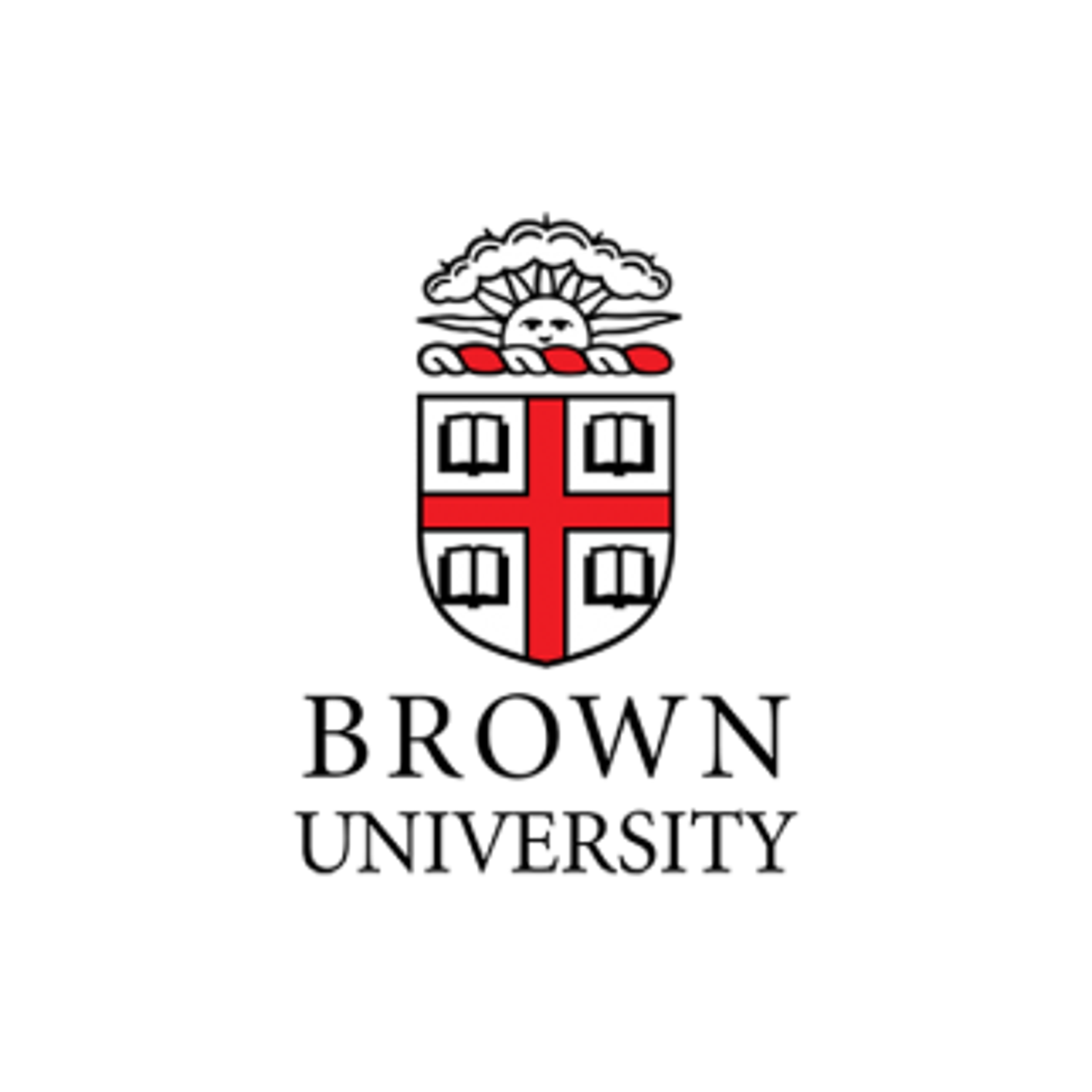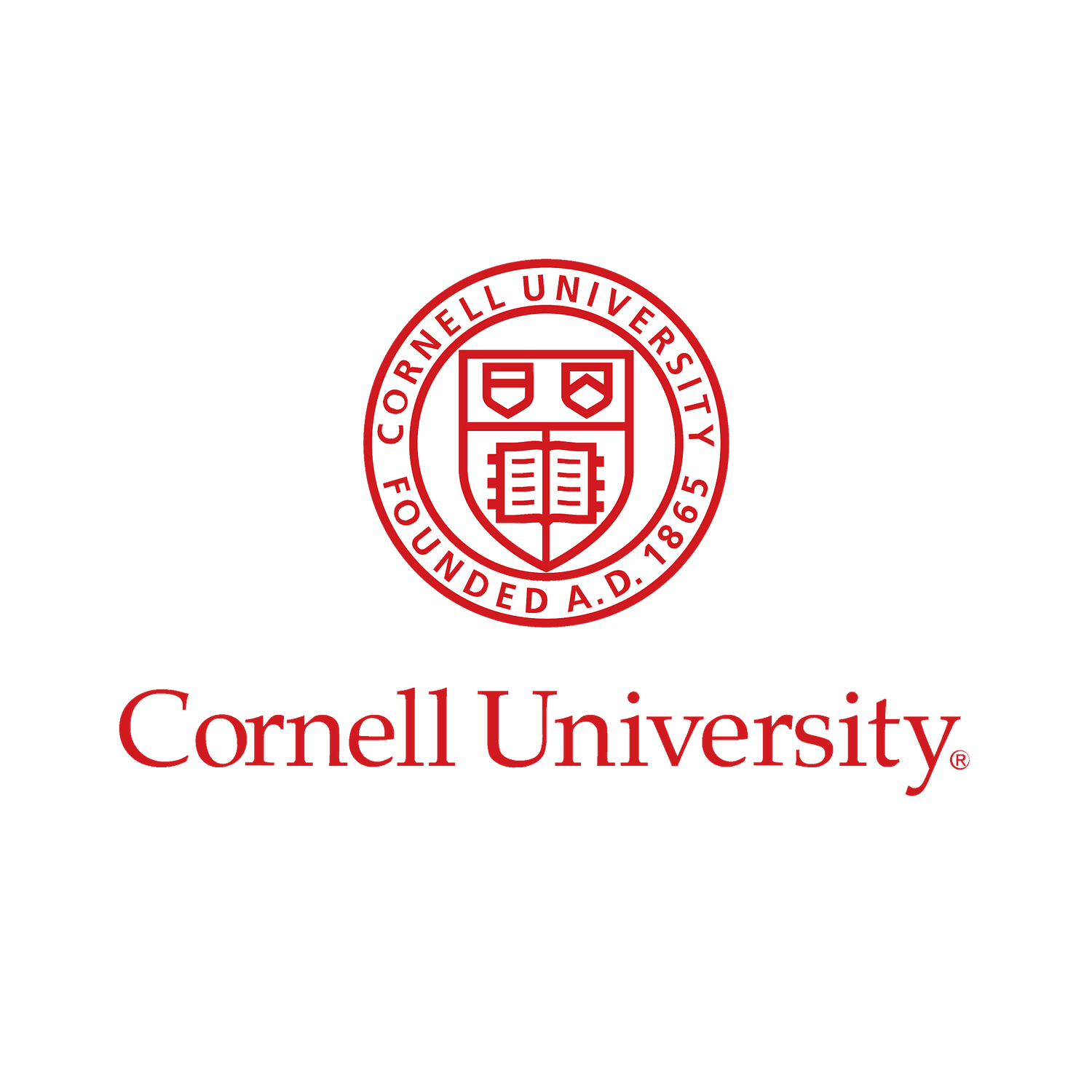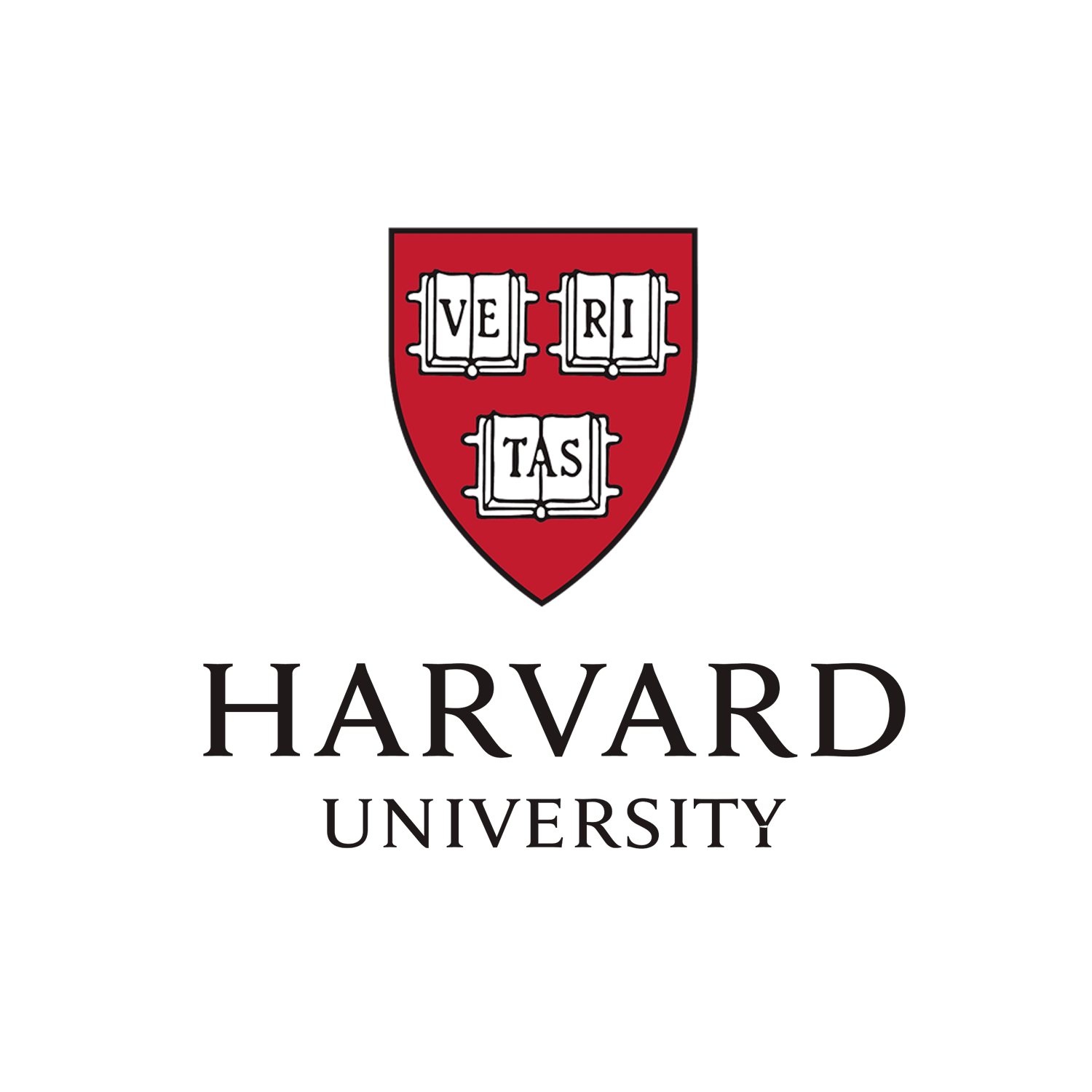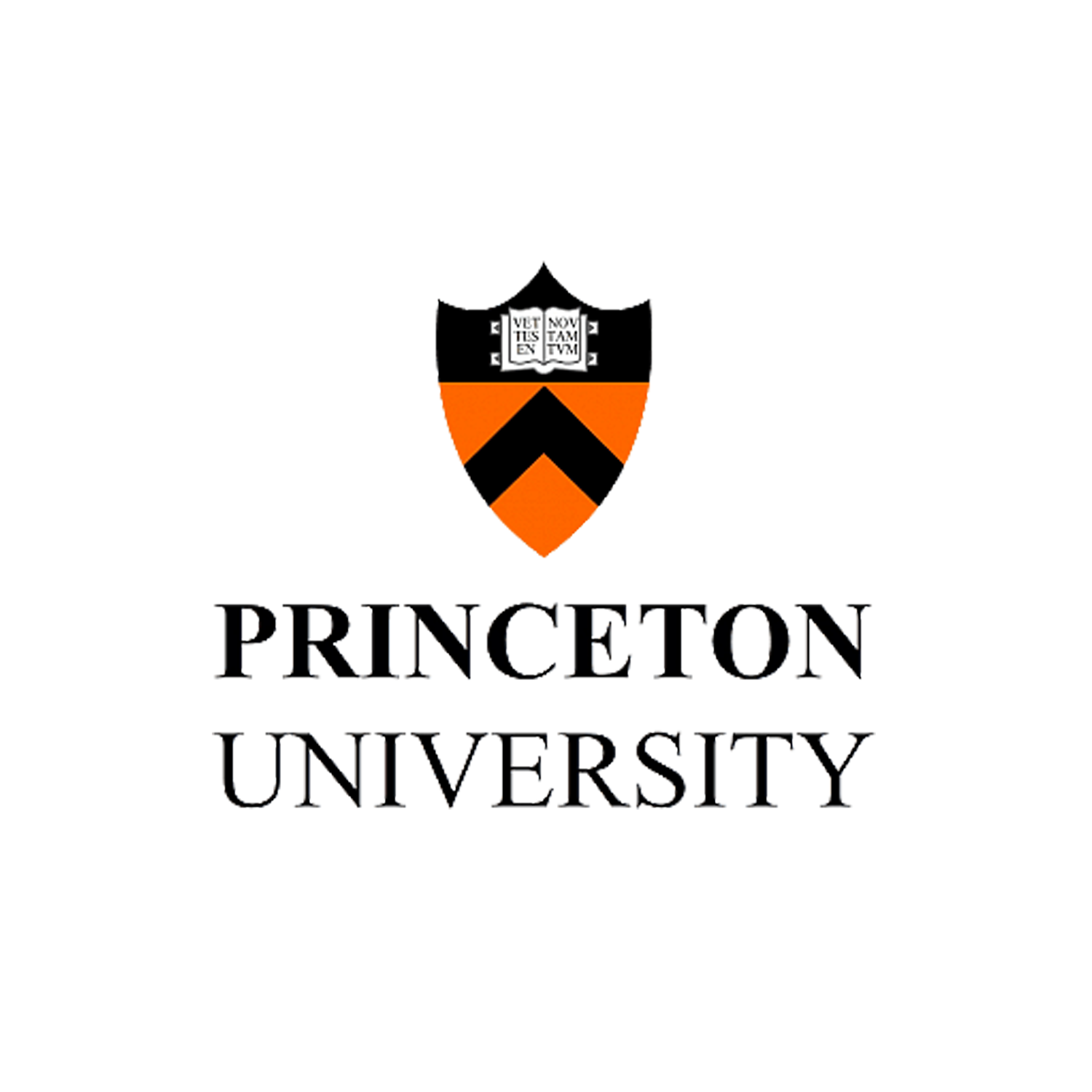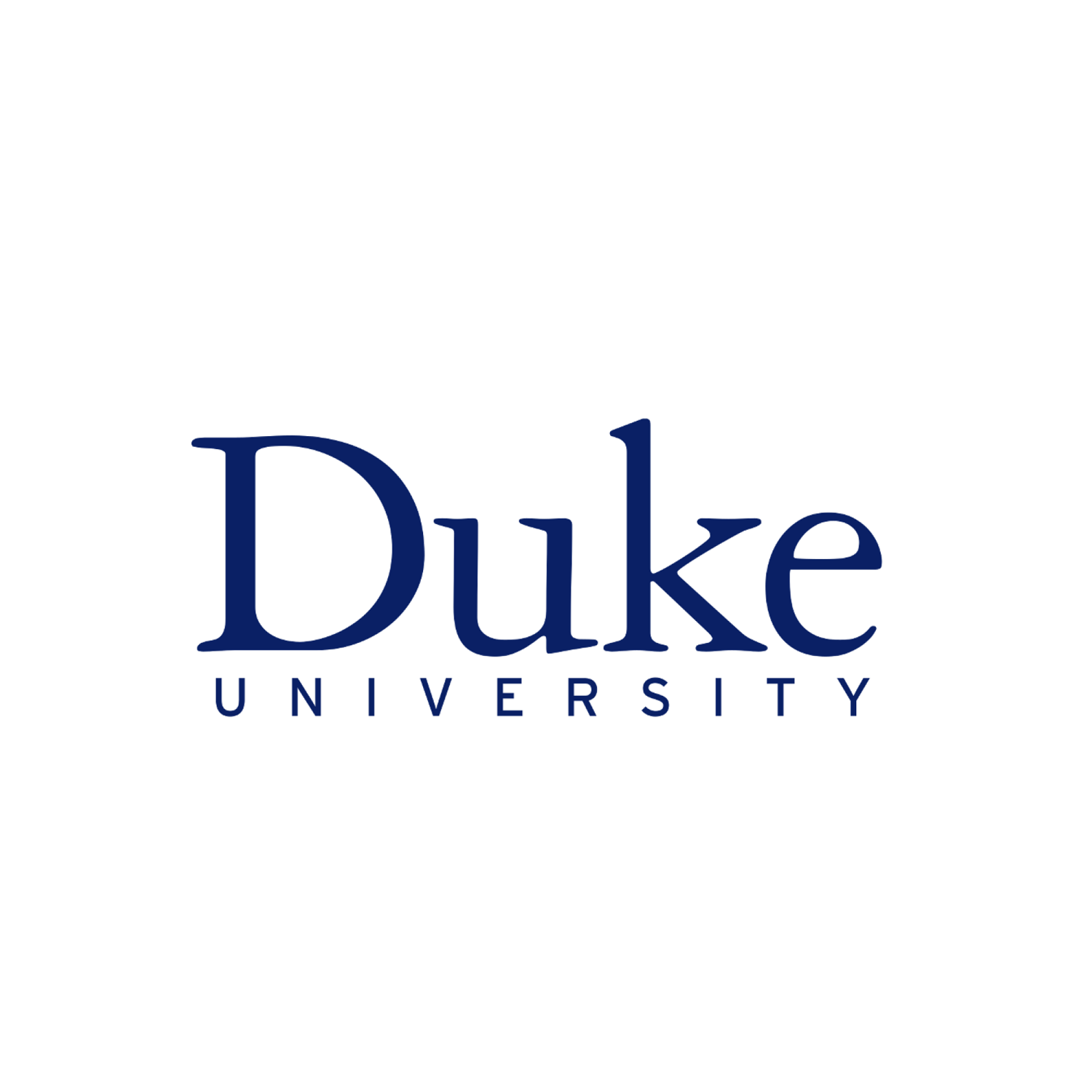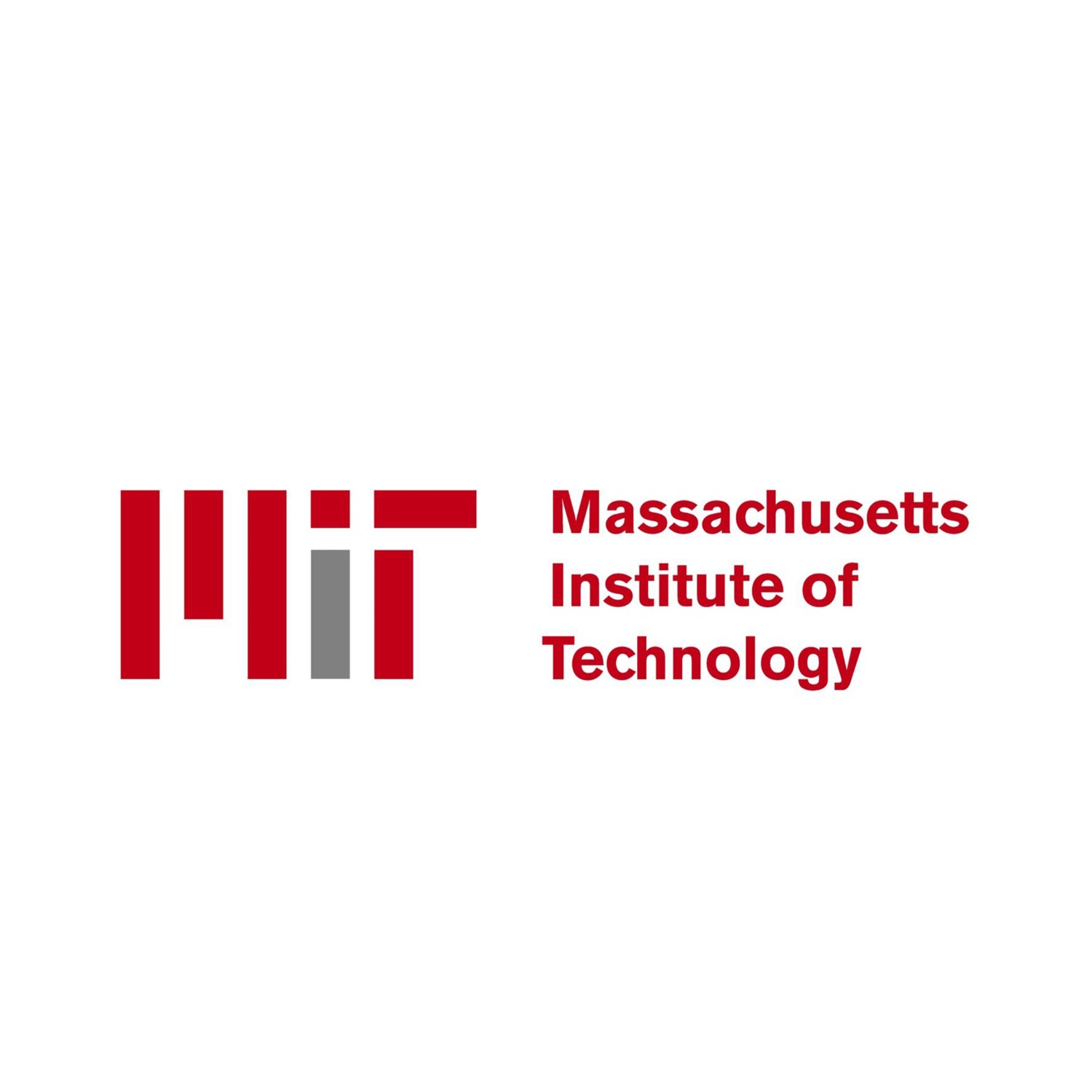Why Research?
The Numbers Behind a Non‑Negotiable Skillset in the Modern World
NIH invested nearly $48B in research last year. If you want to shape tomorrow’s cures, you need to start asking questions today.
75% of incoming med students already have research experience. Without it, you are starting behind—no matter your GPA or MCAT.
In 2024, both matched and unmatched residency applicants had double-digit research outputs. The takeaway? Research is important. Crucially, quality research is critical. Pass/Fail USMLE Step 1 means your research story matters more than ever.
Doctors who publish shape national guidelines, sit on NIH panels, and get tapped for leadership. Your first abstract is a step toward that seat at the table.
Doctors who publish shape national guidelines, sit on NIH panels, and get tapped for leadership. Your first abstract is a step toward that seat at the table.
$275B+ is spent annually on biopharma R&D. If you can generate evidence, you can drive product development, innovation, and regulation.
Whether it is for a DNP capstone, a pharmacy match, or a $12K salary bump in health tech—data shows research pays, literally.
Data prove it: rigorous research is no longer optional but foundational—from first application through a lifetime of leadership. Curvia’s structured mentorship converts curiosity into peer‑reviewed credibility—an investment that compounds across every biomedical pathway.
- Investment scale: FY2023 NIH: $47.7B → $92.9B economic activity.
- Knowledge velocity: PubMed ≈38M citations, +1M/year.
Implication: Every therapy starts in research. Getting involved early means shaping—not just following—the future.
- ≈75% of new med students had prior lab/clinical research experience (MSQ 2024).
- MCAT/GPA plateaued—research remains a strong differentiator.
Take‑home: No research = starting behind 75% of your class.
| Metric (2024 NRMP) | Matched | Not Matched |
|---|---|---|
| Mean research experiences | 3.7 | 4.3 |
| Mean abstracts/presentations/publications | 10.0 | 11.0 |
- Volume isn’t enough—quality and contribution matter more than ever.
- 98% of programs use holistic review (NRMP PD Survey 2024).
Insight: Meaningful, hypothesis-driven research now carries real weight in residency decisions.
- Medical scientist job growth (2023–2033): +11% (BLS).
- Publishing physicians dominate leadership roles—beyond test scores.
- 57,900 research PhDs in 2023; 9,575 in biomed (↑4%).
- NIH F31 fellowship success rate: 46% (vs. ~20–25% R01 grants).
- 74% of 2023 PhDs secured jobs or postdocs post-graduation.
Bottom line: Doctoral research is attainable, well-supported, and feeds leadership pipelines.
- $276B+ in global biopharma R&D.
- U.S. life sciences jobs: 2.1M in 2023; 4.1% growth.
- Bioengineers projected +7% growth (2023–2033), median wage >$100k.
Translation: Research skills transfer directly to fast-scaling sectors in product and regulatory science.
- 40% of pharmacy residency directors prioritize peer-reviewed research.
- 65% of DNP/DNAP programs require a publishable capstone.
- Health tech research roles yield $12K+ salary bump.

